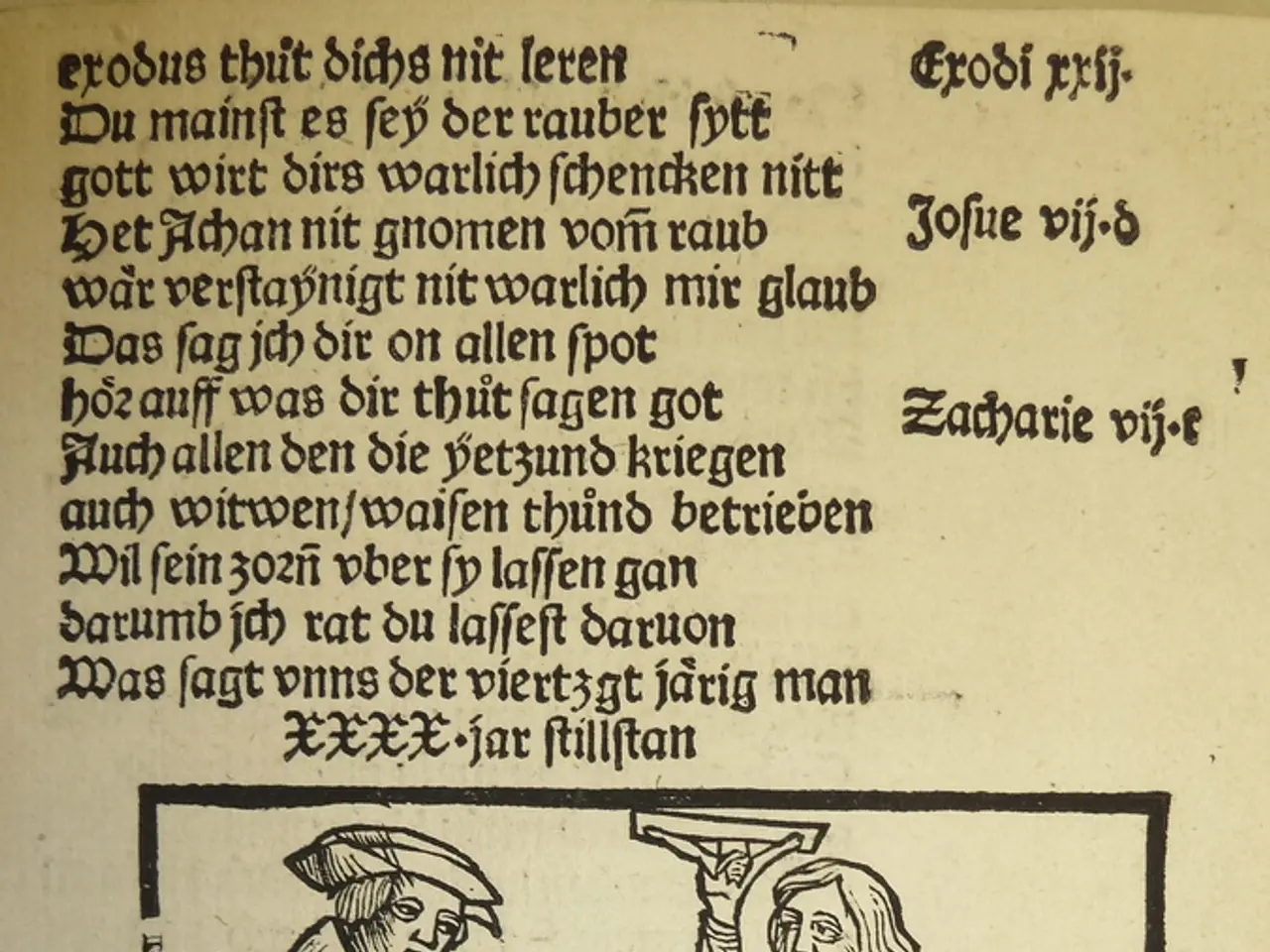**Translation of Medical Reports for Precision: A Guide**
Medical language is complex, often including technical terms, abbreviations, and references that don't always have direct translations. Misunderstanding a phrase or skipping a detail in a medical translation can lead to dangerous outcomes or confusion for doctors, insurers, or other parties. To ensure accuracy, completeness, and proper formatting of a translated medical report, follow these key steps.
Use Specialized Medical Translation Expertise
Choose translators with medical backgrounds or specialized training in healthcare terminology to maintain accuracy and nuance critical in medical contexts. About 32% of medical translations require review by medical experts to ensure correctness [2]. Combining professional human translators with machine translation tools can balance speed and precision.
Leverage Advanced Machine Translation Models
Employ state-of-the-art neural machine translation (NMT) models such as GPT-4, Google Translate, or specialized tools like SYSTRAN Translate, which combine rule-based and statistical techniques for consistent and context-aware output [1][3]. These models can rapidly generate translations, but outputs should be reviewed by experts due to potential nuances or domain-specific terminology.
Implement Quality Assurance and Review Cycles
Have translated reports reviewed by bilingual medical professionals or subject-matter experts to verify completeness and that no critical information is lost or altered. Employ back-translation (translating the output back to the source language) to check for content fidelity.
Use Structured Reporting Standards and Digital Tools
Utilize standards such as SNOMED CT and FHIR for synoptic reporting to ensure standardized terminology and interoperability across systems, which helps maintain meaning and data structure when translating and formatting reports [4]. These standards facilitate consistent formatting and integration of medical data.
Apply Digital Translation and Formatting Tools
Use dedicated medical translation apps such as "Care to Translate," supporting over 130 languages, for initial translations or communication aid, especially in clinical settings [5]. Employ formatting tools or templates aligned with clinical documentation standards to ensure proper layout, such as patient details, diagnosis, and treatment sections remain intact and clear.
Manage Project Workflow and Deadlines
Allow sufficient time (average medical translation takes around 5.2 business days) and budget for expert review and formatting adjustments to guarantee quality [2]. Consider project size discounts but never compromise on review clarity and accuracy.
Platforms like DocTranslator make the process smooth, fast, and most importantly, reliable. DocTranslator supports over 120 languages and uses neural machine translation for high accuracy. Some regions use different medical standards or terminology, so it's important that the core meaning remains the same in translations.
Tools like medical report translation platforms, such as DocTranslator, can translate full documents, including PDFs, Word files, and scanned forms, directly from a browser. Modern browser-based tools like DocTranslator can convert important medical documents into another language quickly and accurately, without losing the structure or professionalism of the original file.
Translating medical documents doesn't have to be expensive or time-consuming with modern tools. Translating medical documents can prevent misunderstandings in various scenarios such as sharing records with a new doctor abroad, filing claims with an international health insurer, applying for a visa or immigration paperwork, getting a second opinion from specialists overseas, and enrolling children in schools with required health documentation.
All original formatting, including headers, tables, and margins, is preserved in the translated document. Always double-check dates, units of measurement, and test result values when translating medical documents. If translating a document for legal or immigration purposes, check if a certified human translation is required. DocTranslator can also translate image-based files using Optical Character Recognition (OCR).
It's never been easier to translate medical documents from your computer. Translated medical reports can be useful in various scenarios, such as international families, frequent travelers, or remote workers in different countries.
- In the process of translating medical documents, it's crucial to employ bilingual medical professionals or subject-matter experts for review, ensuring completeness and maintaining the accuracy of critical information.
- Advanced technology plays a significant role in medical translation, with platforms like DocTranslator using neural machine translation for high precision and the ability to directly translate documents, including PDFs, Word files, and scanned forms, from a browser.




